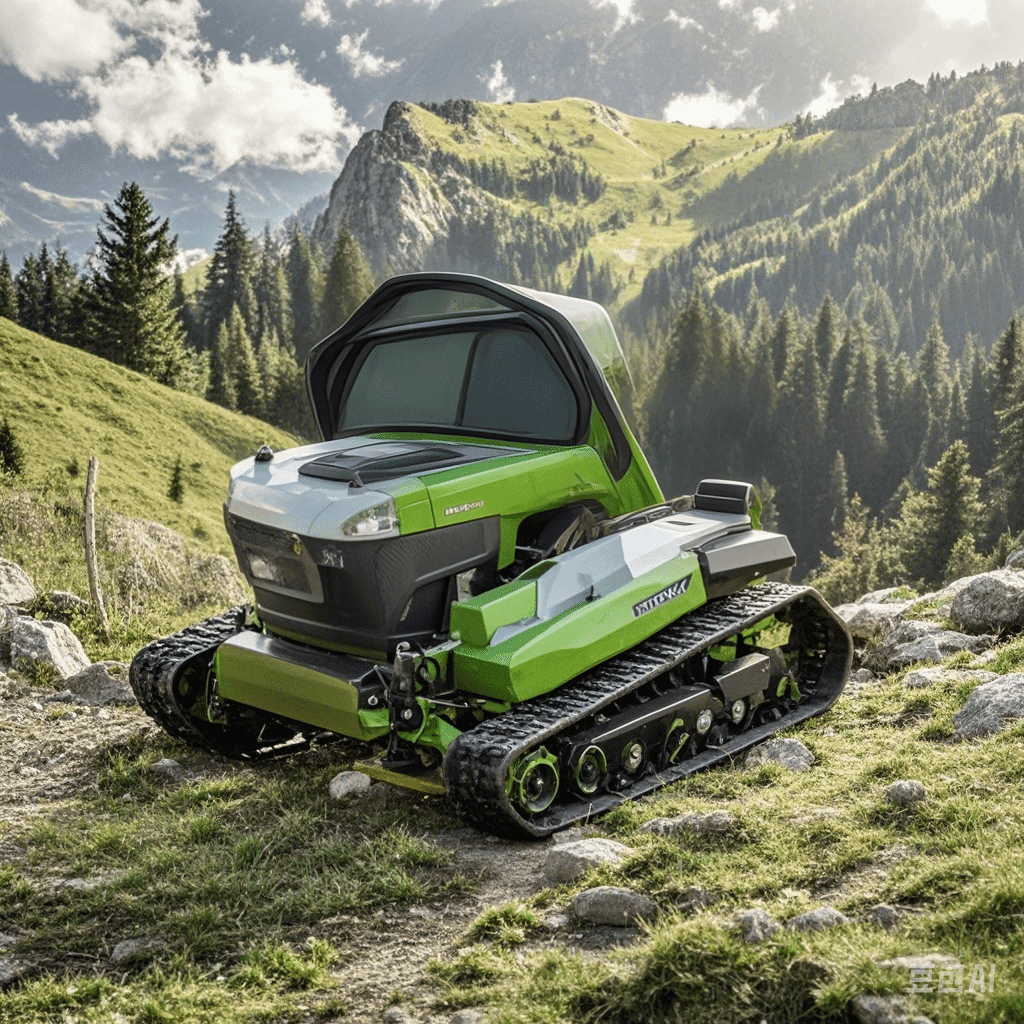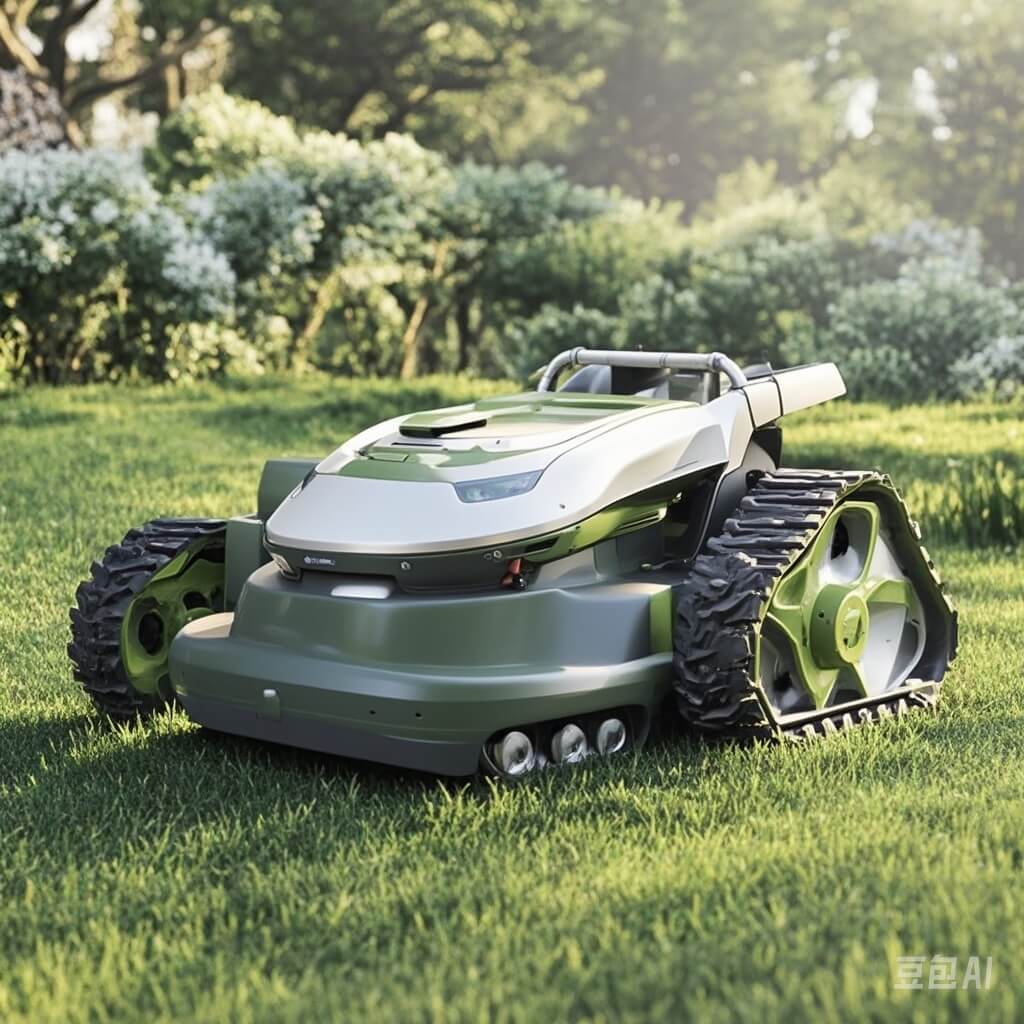No products in the cart.


In recent years, the remote – controlled lawn mower industry has witnessed significant growth and transformation. Firstly, with the increasing demand for efficient and convenient lawn maintenance solutions in both residential and commercial settings, remote – controlled lawn mowers have emerged as a revolutionary product. This article aims to provide an in – depth analysis of this industry, covering various aspects such as market trends, technological advancements, competitive landscape, and future prospects.
In the residential sector, larger gardens need better mowers.
Homeowners prefer remote – controlled lawn mowers for their convenience and the ability to multitask or relax during mowing as they avoid the physical effort and time – consuming nature of traditional ones.
In addition, commercial landscaping companies are also adopting remote – controlled lawn mowers to enhance their operational efficiency. These mowers can cover large areas quickly and accurately, reducing labor costs and improving the quality of lawn care services. Furthermore, golf courses, parks, and large estates are among the main commercial users, driving the demand for more robust and high – performance models.
Additionally, as urbanization progresses, the creation of more green spaces within cities has become a priority. Municipalities and urban planners are using remote – controlled lawn mowers to maintain these areas, as they can easily maneuver in complex urban landscapes and handle various terrains. Hence, this has opened up new market opportunities for the industry.
First and foremost, the development of advanced remote control systems has been a key factor in the growth of this industry. Modern remote – controlled lawn mowers use wireless technology such as Wi – Fi, Bluetooth, or dedicated radio frequencies. Consequently, this enables users to control the mower’s movement, speed, and cutting functions from a significant distance with high precision. Additionally, some models even come with smartphone apps that provide additional features like scheduling, monitoring, and diagnostic functions.
Furthermore, sensors play a crucial role in improving the performance of remote – controlled lawn mowers. Obstacle – detection sensors can prevent the mower from colliding with objects in the lawn, such as trees, flower beds, or garden ornaments. Besides, terrain – sensing sensors allow the mower to adjust its cutting height and speed according to the slope and unevenness of the ground. Moreover, automation features, such as automatic return to the charging station when the battery is low, further enhance the user – friendliness of these machines.
Also, the improvement of battery technology has also contributed to the development of remote – controlled lawn mowers. Lithium – ion batteries are now commonly used due to their high energy density, long lifespan, and relatively short charging time. Also, the improvement of battery technology has also contributed to the development of remote – controlled lawn mowers. Lithium – ion batteries are now commonly used due to their high energy density, long lifespan, and relatively short charging time. As a result, longer battery life enables the mower to cover larger areas without interruption, making it more suitable for both small and large – scale lawns.
The remote – controlled lawn mower market is dominated by several well – established companies. Chief among them are Husqvarna, Toro, and John Deere, which have a long history in the lawn care equipment industry. They have strong brand recognition, extensive distribution networks, and significant R & D capabilities. Therefore, these companies have introduced a wide range of remote – controlled models to cater to different market segments.
However, in addition to the traditional players, there has been an influx of new entrants and start – ups in the market.
These companies often focus on innovation and niche market segments.
Thus, they bring fresh ideas and technologies to the industry, such as more compact and lightweight designs for small gardens or specialized mowers for specific types of grass.
As a consequence, the competition between established players and new entrants is intensifying, leading to continuous improvements in product quality and features.
Moreover, pricing in the remote – controlled lawn mower market varies widely depending on the brand, features, and performance of the product. High – end models with advanced features can be quite expensive, targeting commercial users and affluent homeowners. On the other hand, there are also more affordable options available for the budget – conscious consumers. Consequently, market share is constantly shifting as companies compete on price, quality, and innovation.
In the future, the future of remote – controlled lawn mowers lies in their integration with smart home systems. This will allow for seamless operation within the overall home automation environment. For example, the mower could be programmed to start and stop based on weather conditions, time of day, or other factors detected by the smart home sensors. Thus, this integration will further enhance the convenience and efficiency of lawn maintenance.
Furthermore, we can expect continued technological innovation in the remote – controlled lawn mower industry. This may include the development of more advanced sensors, improved battery life, and enhanced remote control capabilities. In addition, there may also be new designs that are more environmentally friendly, such as solar – powered mowers or those that use alternative energy sources.
Finally, as the awareness of the benefits of remote – controlled lawn mowers spreads globally, there is significant potential for market expansion. Emerging economies with growing middle – class populations and an increasing focus on landscaping and outdoor aesthetics are likely to be new growth areas. Therefore, manufacturers will need to adapt their marketing and distribution strategies to target these new markets effectively.
In conclusion, the remote – controlled lawn mower industry is in a period of rapid growth and development, driven by market trends and technological advancements. The competitive landscape is evolving, with both traditional players and new entrants vying for market share. Looking ahead, the industry has promising prospects, especially with the integration with smart home systems and continued innovation.
However, companies also need to meet the challenges of meeting the diverse needs of customers in different markets.
to ensure sustainable growth for this dynamic industry.
Extended reading:
Robotic Lawn Mower Market Set to Expand at a Staggering 10.9% CAGR, Reaching $2.4 billion by 2032:
https://www.openpr.com/news/3704152/robotic-lawn-mower-market-set-to-expand-at-a-staggering-10-9
Robotic Lawn Mower Market Report Scope & Overview:
https://www.snsinsider.com/reports/robotic-lawn-mower-market-3939
Robotic Lawn Mower Market Outlook for 2024 to 2034:
https://www.futuremarketinsights.com/reports/robotic-lawn-mower-market




Not only will we redefine our customers’ business models, but we will also redefine the OEM-dealer relationship, in other words, we will always have your back.